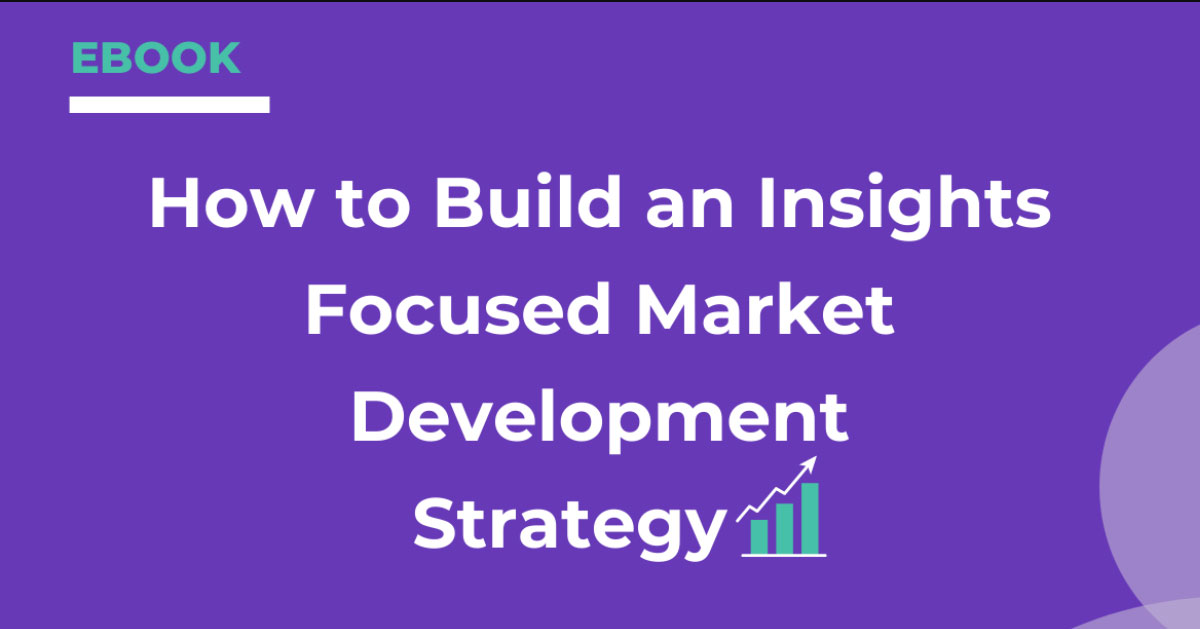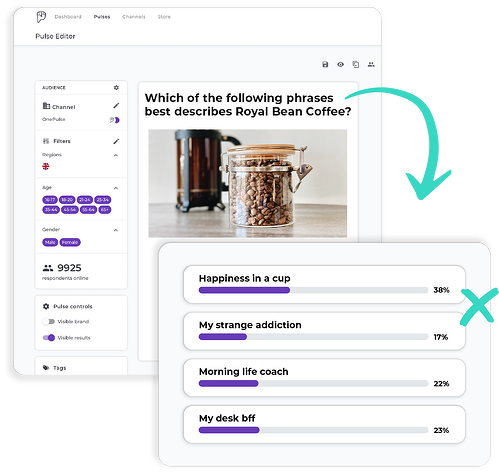Market Research Surveys: What Trends Will Stick Around?
[…]

Top 6 market research trends in 2022 that are here for the long haul
Market research surveys look a lot different today than they did five or ten years ago. With increasing digital advances, the way to reach and interact with respondents has changed dramatically. If you don’t keep up with best particles and trends, you risk looking woefully outdated, and consequently, getting low engagement from respondents.
Put another way: you wouldn’t want to do live interviews with people about fashion with a mullet looking like you belong in the 80s.
Keep your research surveys looking fresh by investing in tools that offer the following user experiences.
Recommended: Brand Health Metrics: How to Measure and Track
6 Things to Look Out For In Your Market Research Survey Experience
Try incorporating these six trends into your next market research survey for the best results.
1. Simplicity
The simpler your survey is, the better. Make it too complicated, and you risk low completion rates. One of the biggest mistakes researchers make is providing too many choices in their surveys. When faced with 10 or 15 choices, people experience decision paralysis. They get overwhelmed at the thought of making the right decision or just don’t have the energy to figure out the difference between the options.
To help keep your surveys simple, consider splitting questions into multiple questions or even multiple surveys. For example, if you’re trying to test new marketing campaign taglines and want to get feedback on 10 of them, consider asking about five of them at a time.
2. Brevity
Another way to keep your survey simple is to keep it short. Thanks to the rise of short-form content like videos on TikTok, consumers’ attention spans are shorter than ever before. Most of us can focus long enough to binge an entire series on Netflix in one sitting but will not apply the same focus to a market research survey.
At OnePulse, we’re advocates for the micro survey where you ask three to five questions at a time. Short surveys work well with an agile research approach.
With agile, instead of asking all your questions at once, you ask three questions. Analyze your results and then apply your findings to the next set of questions. For example, with the marketing campaign tagline survey, you could start with two questions asking people to rank their favorite taglines from 1 to 5. For the follow-up survey, you could take the top two taglines from each set and ask respondents to rank those from 1 to 4 to narrow it down to your winning tagline.

3. Conversational
Another way to increase engagement with your surveys is to make sure you sound conversational. Thanks to vast improvements in AI language processing, even robots can sound human now. So if your survey sounds like a robot wrote it, that’s a bad sign. If you were conducting a live interview with someone you’d want to establish a rapport with them. The best way to establish a rapport in a survey is with a conversational tone. You want people to feel like their friend is asking questions.
To sound more natural and conversational, consider steering clear of some of the tried-and-true research question wording. Which of the following sounds more conversational to you?
- Rank the following product descriptions from most to least appealing, with 1 being the most appealing and 5 being the least appearing.
- Rank these product descriptions from 1 to 5 with 1 being “take my money” to 5 being “nope, hard pass.”
4. Easy Navigation
People aren’t taking your surveys on desktop computers with giant monitors. Use a survey tool with modern UX that was designed for mobile phones. If you expect people to rank or drag and drop, it better work on a phone. If the UX experience isn’t flawless on a mobile device, people will not complete the survey.
5. Multiple Question Types
Don’t just ask one type of question. Ask different types of questions so you can get the most insights. We talked a lot about this in our post on types of market research and when to use qualitative versus quantitative research. You need to use both. Ask people to rank ad images. You need to know how the creatives stack up against each other, but a ranking question only tells you what people think, not why they think that way. Ask a qualitative follow-up question to get insights on why they liked their first choice. You can use that feedback to guide your revisions.
6. Contextual
A big mistake researchers make with market research surveys is showing things without context. If you want someone to tell you what they think of a potential social media ad, show it in the context of the platform.
Here’s an example of how we test creative concepts with OnePulse:

Capitalize on these Trends with the Right Market Research Survey Tool
OnePulse allows you to utilize these trends in your market research surveys. Our platform was built for mobile and designed to keep respondents engaged. Create and send your first pulse today and get valuable feedback in minutes.
Related posts








